If you had passed by Rossio Square in Lisbon in the 1990s or 2000s, you might have seen a man there, watching the world go by. All alone. Almost everyone else would have been avoiding him, scared to talk to the man without a face.


That man was José Mestre, whose life was defined by an extraordinary battle against a face-consuming tumor and the psychological challenges that came with it.
Early life and vascular malformation onset
José Mestre was born in 1956 in Monte Costa Moreanes, Portugal. He had been born with a small birthmark on his upper lip. Until 1970, life progressed as normal for José. Then, at the age of 14, that birthmark started to grow.
But over the years of puberty, this mark began to grow. And grow uncontrollably. It was eventually diagnosed as a massive vascular malformation tumor, or a hemangioma.
By the time he reached adulthood a few years later, the tumor had expanded to something of gargantuan proportions. It was about 16” (40 cm) long and weighed around 11 lbs (5 kg). Of course, this severely distorted and completely overtook his facial features.
This condition is a tumor known as a venous malformation. It’s a tumor that’s filled with abnormally formed blood vessels. These grow out of control and lead to swelling, pain, and, in severe cases like José’s, massive arterial growths.
All along, his family – and especially his mother – tried to support him. When he looked in the mirror, his mother would pull faces behind him, so he thought the problem was the mirror.
Difficulties of living with a vascular malformation
For José Mestre, the vascular malformation completely distorted his face. Of course, this inevitably would have had challenging social impacts, especially for a teenager. He avoided going out in public, embarrassed by his appearance. Friends at school called him names.
But it was far from just a cosmetic issue. José was eventually unable to close his mouth properly, so he couldn’t stop drooling when talking, and struggled to speak clearly. He had to lift the growth every time he wanted to talk or eat, and could only drink on one side of his mouth.
Eventually, it meant eating was almost impossible because the tumor also caused frequent bleeding in his tongue and gums.
The tumor also led to complete blindness in his left eye, as it literally destroyed his eye. And as the mass grew, breathing became increasingly difficult. In turn, sleep was almost impossible.
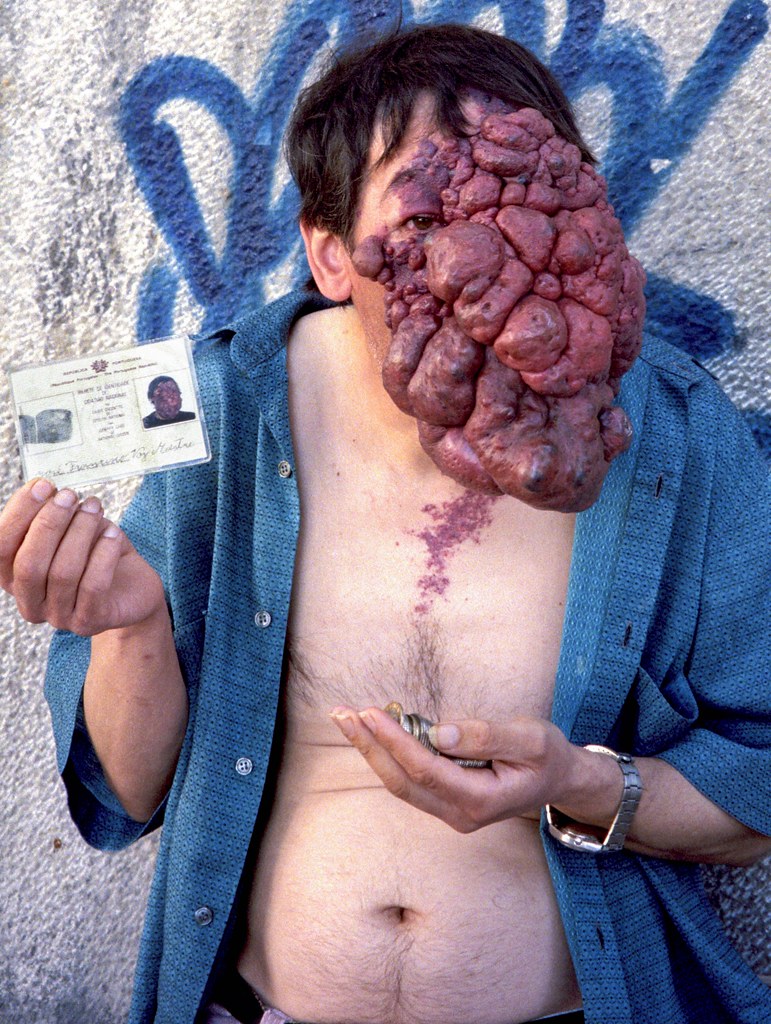
There could be no doubt about it; José was struggling with a life-altering disability. If it wasn’t filled with major veins and arteries, he described wanting to cut it off himself.
Medical challenges
José decided to go to the doctor. However, the first doctors he saw in Portugal didn’t offer much help. They told him it was a simple birthmark and failed to provide anything like the proper treatment. And this would be far from the last doctor to give him the wrong advice.
Throughout his life, José sought medical attention in Portugal and across Europe, including Spain and Germany. Unfortunately, he encountered conflicting diagnoses and treatment plans, which led to years of medical misinformation and misdiagnosis.
While doctors mostly all agreed that the tumor could be removed, the question was: how? For José, the increased blood flow from the tumor changed the size of his facial tissue and even bones, altering the natural contours of his face.
While vascular malformations aren’t common, neither are they vanishingly rare. Children usually get them removed at a young age, so they rarely develop into problems on José’s scale. As such, underneath the malformation, his face had been destroyed and would need to be rebuilt.
However, bad experiences with the medical professionals he had seen led him to develop a distrust of doctors, and now, he just preferred to stay away.
And even if the doctors had been able to agree on the best way to care for José, there were financial constraints to consider.
José wasn’t from a rich area, and his family wasn’t wealthy. But what he needed was some kind of specialized surgeries and ongoing care – and these come at significant costs.
Without insurance or the financial resources that some have, José’s family had very little they could do anyway, so his options remained extremely limited.
And so, with no end in sight and no way of finding work or a girlfriend, he stayed at home, living with his mother, and learning about her religious beliefs. They were, naturally, very close.
Each day, he left their home in a Lisbon suburb and made his way to Rossio Square, one of the city’s busiest plazas. There, he spent the afternoon exposed to the rude stares and the not-so-subtle cameraphones.
Over time, he became a recognizable figure in the square, a local celebrity of sorts – an attention he met with a quiet acceptance. All he wanted to do was talk to his friends to not feel invisible – for strangers to see who he was, not just his face.
José’s religious beliefs added complications
José’s mother was a Jehovah’s Witness and adhered firmly to her faith. She expected her son to do the same, and he did, although he didn’t attend a Kingdom Hall in person.
The Jehovah’s Witness religion prohibits blood transfusions. This is based on scriptural passages that speak of blood as representing life itself. For a Jehovah’s Witness, accepting a transfusion is often seen as violating God’s law and interfering with the sanctity of life as defined in the Bible.
For this reason, many Jehovah’s Witnesses are often willing to risk their lives rather than accept a blood transfusion.
In the case of José Mestre, this meant a delicate conversation. He and his mother insisted on avoiding medical procedures that involved transfusions, even when such procedures were considered necessary by doctors to save his life or reduce surgical risk.
The tumor continued to grow
Doctors and consultants were keen to help José, but they had to navigate the problem in such a way that respected his and his mother’s religious beliefs.
That meant that things were slow, and even when potentially viable solutions were found, José was hesitant. He would not accept a transfusion. Thus, as the years passed, José’s condition continued to deteriorate.
Eventually, it became life-threatening. The mass of blood vessels and tissue posed severe risks of bleeding or airway obstruction. José resigned himself to the belief that he would not survive much longer.
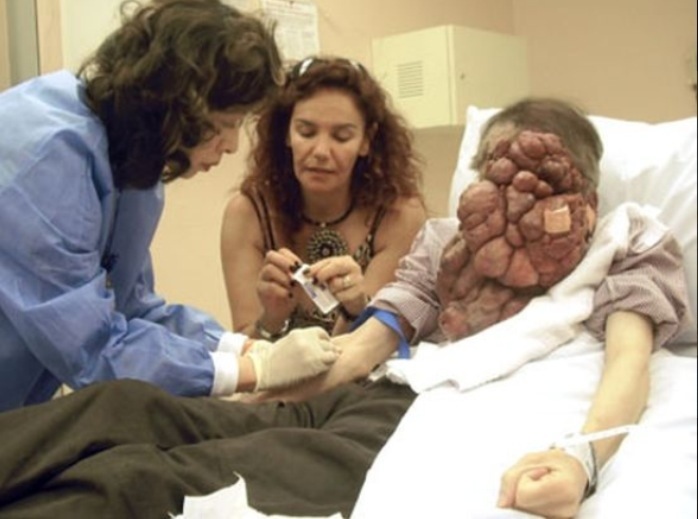
In 2008, José’s mother passed away, having worked tirelessly to try to find a path forward for her son. She would, sadly, never get to see it.
In her absence, José’s younger sister, Guida, then in her late forties, became his guardian.
José’s siblings didn’t share their mother’s conviction in the Jehovah’s Witness faith. As a result, they encouraged José to have surgeries that required blood transfusions.
The documentary
José and his family went to desperate lengths to try to find a solution. He was featured in the My Shocking Story series on the Discovery Channel. An episode was made about him entitled, ‘The Man with No Face.’ It aired on January 23, 2008, and documented his struggle to be seen as a man, not as a disfigurement.
It can’t have been easy to be showcased on national television, but the program highlighted the profoundly difficult impact that the tumor had on his life.
A chance encounter in Lisbon
Quite by chance, not long after, a British tourist encountered José in Lisbon and was deeply moved by his plight.
This tourist had previously watched an American doctor’s work on a Discovery Health documentary. Now, he emailed this doctor, beginning the chain of communications that would change José’s life.
Dr. McKay McKinnon was a renowned plastic surgeon based in Chicago, specializing in craniofacial surgery. He had previously performed complex facial reconstructions and, when he heard about José’s case, he was intrigued by the challenge it presented.
Neither José nor Dr. McKinnon has heard from the tourist since. José and his family simply call him Our Angel Peter.
The life-changing surgery
In 2010, at the age of 53, José traveled to Chicago and St. Joseph Hospital. Here, Dr. McKinnon and his team began the monumental task of removing José’s vascular malformation.
The surgery was unprecedentedly complicated and took over 15 hours, but the doctors successfully excised the 12-pound mass, which by now had entirely consumed most of José’s face, including removing most of the tumor on his tongue.
In the same surgery, they began grafting skin onto all the areas destroyed by the tumor – around 70% of José’s face.
After five days, the bandages covering his face were removed. José received his nutritional intake through a tube inserted into his right nostril, now much more accessible compared to when it had been hidden beneath the mass. After ten days, he was able to walk on his own, and his voice began to recover.
After three weeks, Dr. McKinnon told José he was strong enough to leave the ward, with his sister to look after him. They temporarily moved into an apartment in Chicago while José continued to see the doctors as an outpatient.
In the meantime, he struggled with his appearance. He looked different. When he looked in the mirror, he had to learn to see himself anew, to speak differently. However, with time, he grew accustomed to it.
A few more weeks passed before José was ready for the second surgery, which would remove the last parts of the tumor on the left side of his face and attempt to restore his nose and mouth.
Finally, after well over three months in Chicago, José was ready to go home. The scenes of him dancing with the nurses, walking through his hometown, and joking with his family are truly special; a man who has finally been allowed to emerge from behind the stigma of his face.
José Mestre passed away on December 17, 2021, yet his story remains.

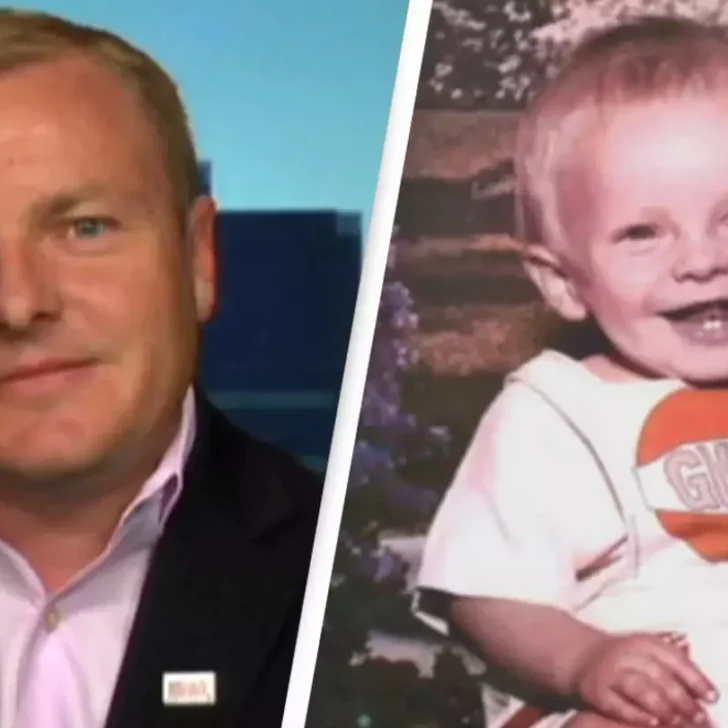
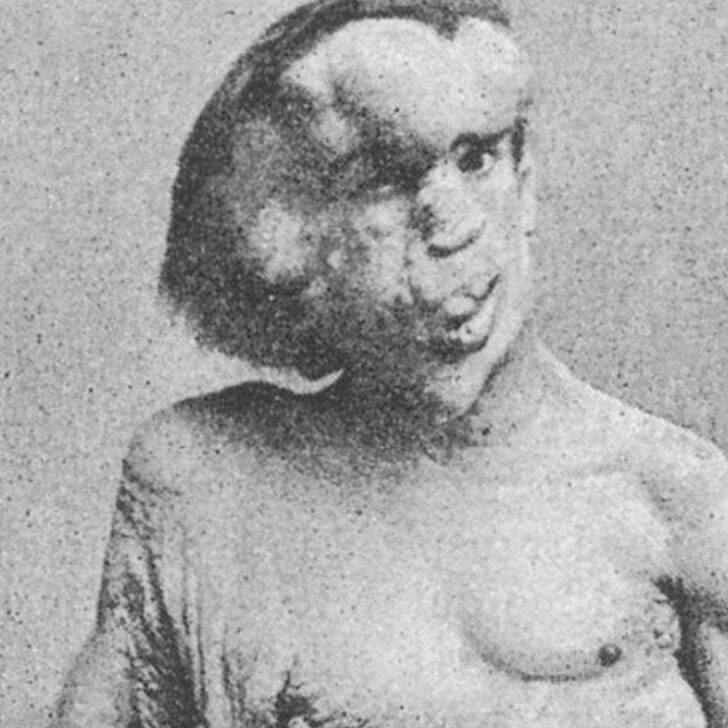
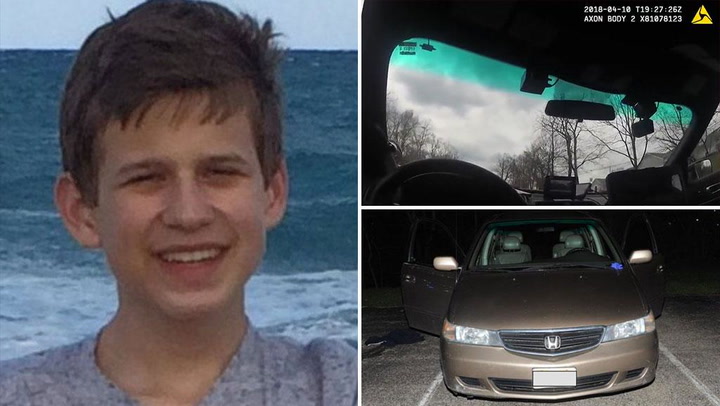
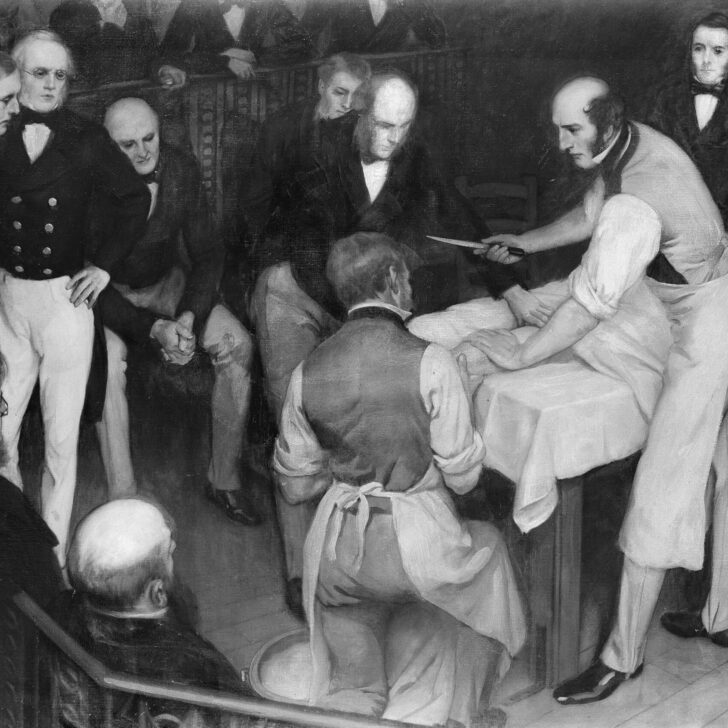
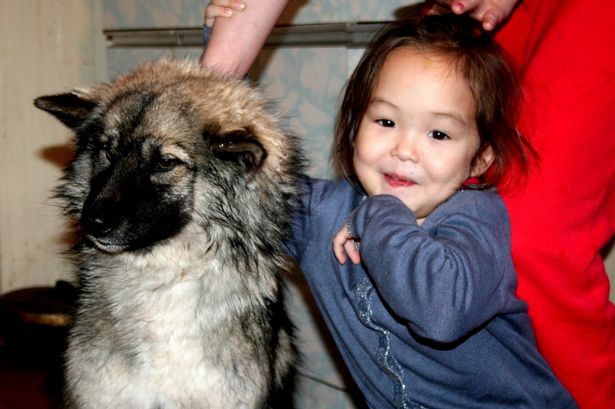
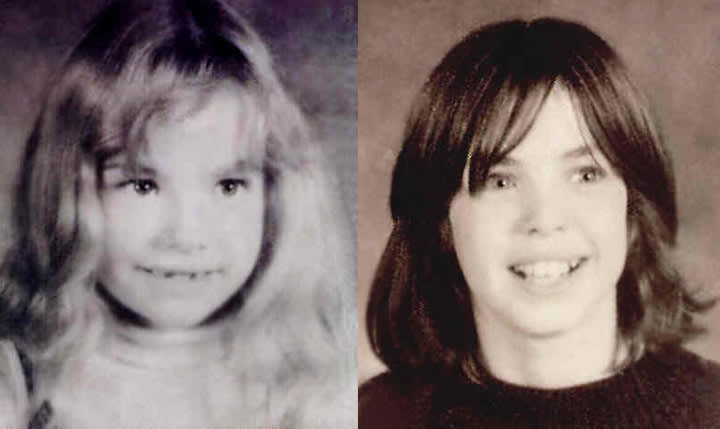
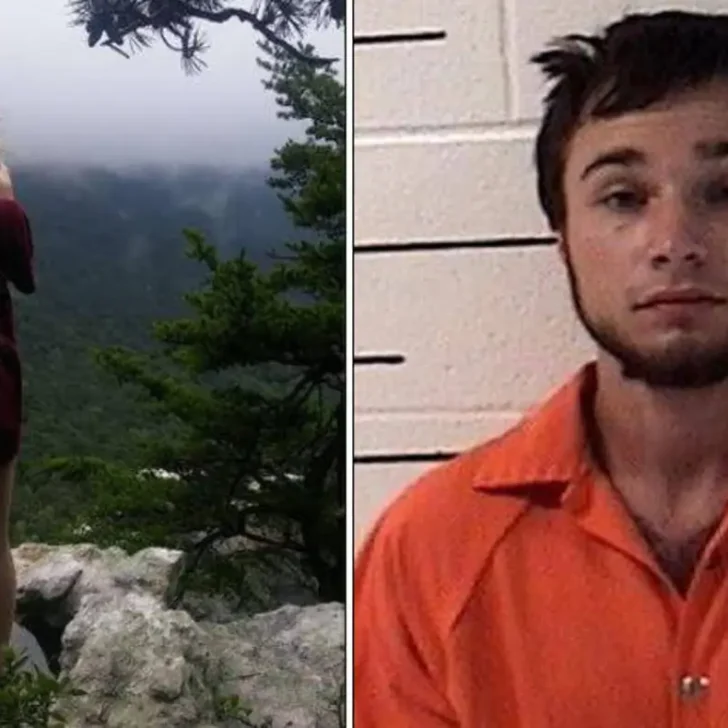
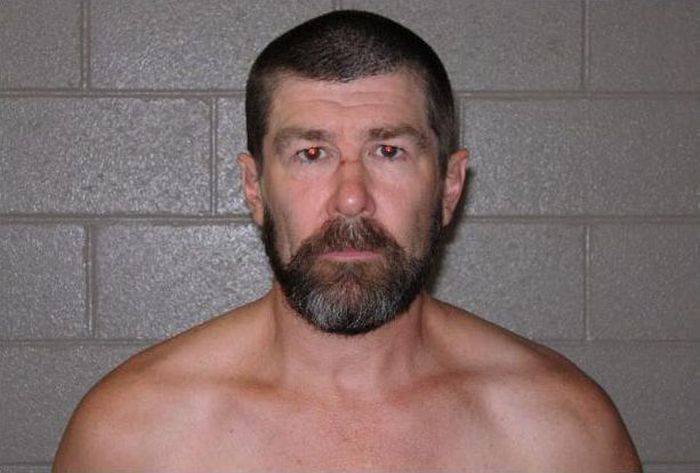
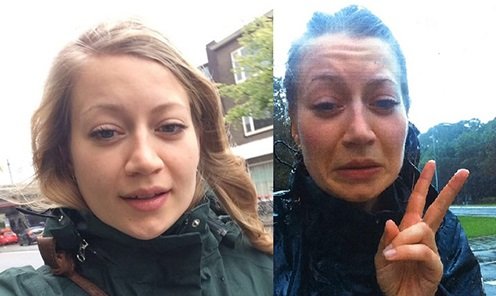
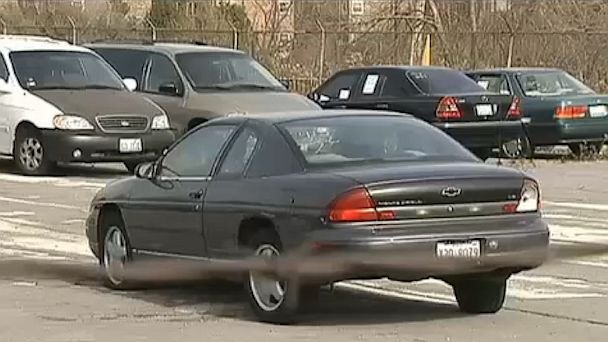
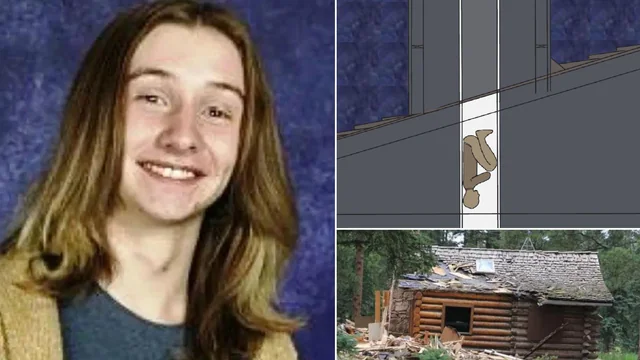
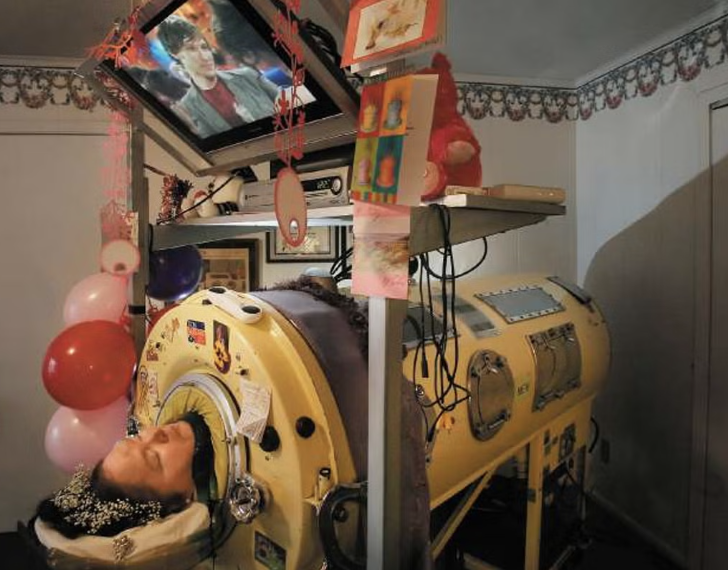
Leave a comment